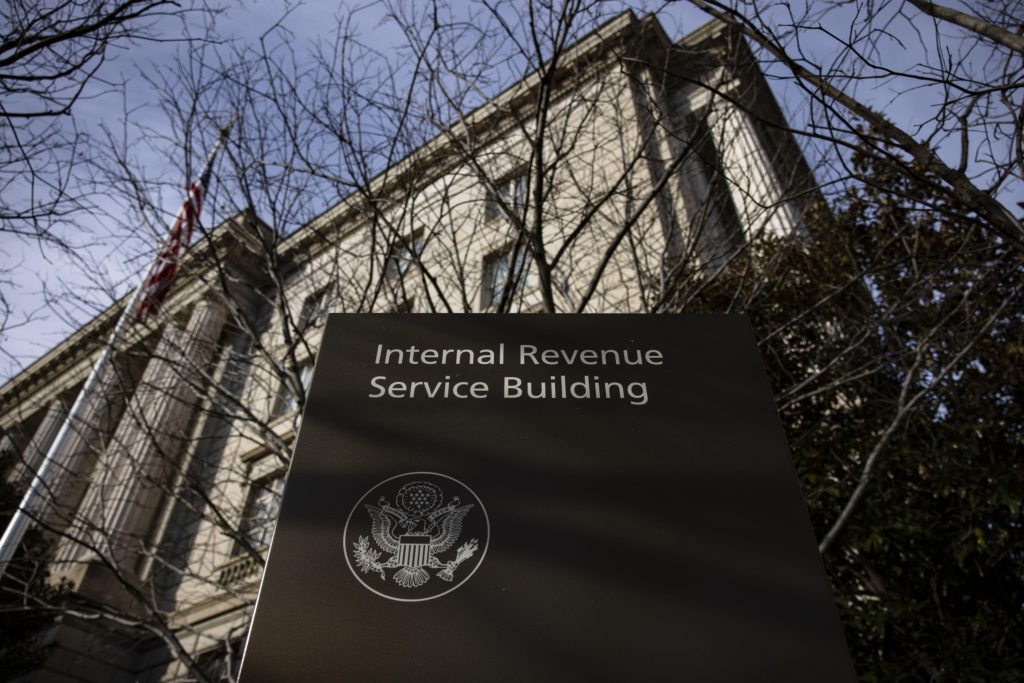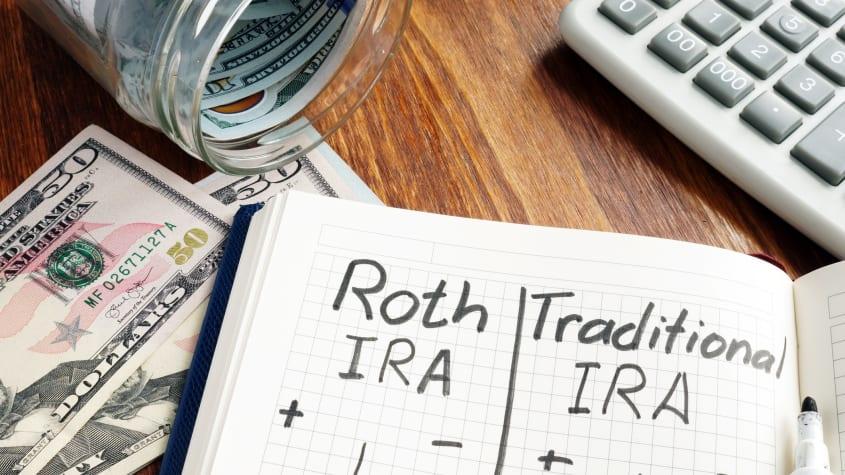The Roth-Only Catch-Up Contribution Rule Will Get Time to Catch Up
The SECURE 2.0 Act, which was passed in December 2022, made a significant change to the IRS catch-up contribution rules. The catch-up contribution allows those aged 50 and above to contribute an additional $7,500 to an employer-sponsored pre-tax retirement plan.
SECURE 2.0 tied that contribution to income level, requiring individuals earning $145,000 and up to make that contribution to a Roth account with after-tax dollars.
Roth accounts are useful in retirement planning to help manage taxable income in retirement. However, losing the tax deduction of the catch-up, which had previously been made with pre-tax dollars, is a substantial change.
In addition, there was an impact on employers who, under the new rules, would need to offer Roth plans in addition to standard pre-tax plans. The change was slated to go into effect in 2024. There was considerable concern from employers and plan providers that they would be unable to set up the required plans in time.
The legislation also contained a flaw in the language, discovered by the American Retirement Association, that would have eliminated all catch-up contributions, including both pre-tax and Roth, starting in 2024.
The IRS has now announced new guidance that reinterprets the language to preserve the catch-up contribution and also allows for an administrative transition period before the new requirement takes effect.
Here’s What’s New in the IRS Guidance
The IRS addressed the technical “glitch” in the language by clarifying that plan participants aged 50 and over can continue to make catch‑up contributions after 2023, regardless of income.
The IRS also addressed the change to Section 603 of the SECURE 2.0 Act, which mandated that beginning in 2024, a new Roth catch-up contribution rule would apply to an employee who participates in a 401(k), 403(b) or governmental 457(b) plan and whose prior-year Social Security wages exceeded $145,000
The rule was left in place, but an administrative transition period that extends through 2025 was announced. The transition period was enacted to help taxpayers have a smooth transition to the loss of the tax deduction and change to saving in a Roth account, and to help companies comply with the new requirement.
This means that pre-tax catch-up contributions are allowed even for those making $145,000 and over until 2026.
The IRS also confirmed that the new Roth provision applies only to Social Security, or FICA, wages. Those who are self-employed do not receive FICA wages, and the requirement does not apply to them.
What Does This Mean for Retirement Planning?
If you’re not currently making the catch-up contribution and you are eligible at age 50 and over, you probably should be. For 2023, the regular contribution limit is $22,500. The pre-tax contribution is $7,500, for a total of $30,000. This is a meaningful amount to invest, especially in the last years of working before retirement. You’ll pay taxes on these funds when you withdraw them in retirement, but the extra time and funds invested can increase your retirement nest egg significantly.
The contribution also lowers your taxable income in the year in which it is made, which can help with tax planning.
What Happens in 2026?
Roth accounts allow you to put money away with after-tax dollars. Because you’ve already paid the taxes, when you withdraw money in retirement, no more taxes are due. This allows the account to grow tax-free.
Your taxable income becomes very important once you are retired, claiming Social Security, and relying on Medicare for your health insurance. The goal is to keep taxable income low enough to avoid taxation on Social Security and the IRMAA surcharge on Medicare Part B and Part D payments.
This is where the advantage of Roth accounts comes in and is one reason why many people convert traditional retirement balances to a Roth account when they retire.
Making the catch-up to a Roth account may require some additional tax planning to account for an increase in taxable income, but the retirement savings aspect of the catch-up remains intact.
Summary
Retirement planning can be complicated, and this new wrinkle may just be the impetus to set up a Roth account and start thinking about your retirement strategy. If you aren’t already making the catch-up contribution, consider starting while you have two more pre-tax years to take advantage of before the new requirement kicks in.




